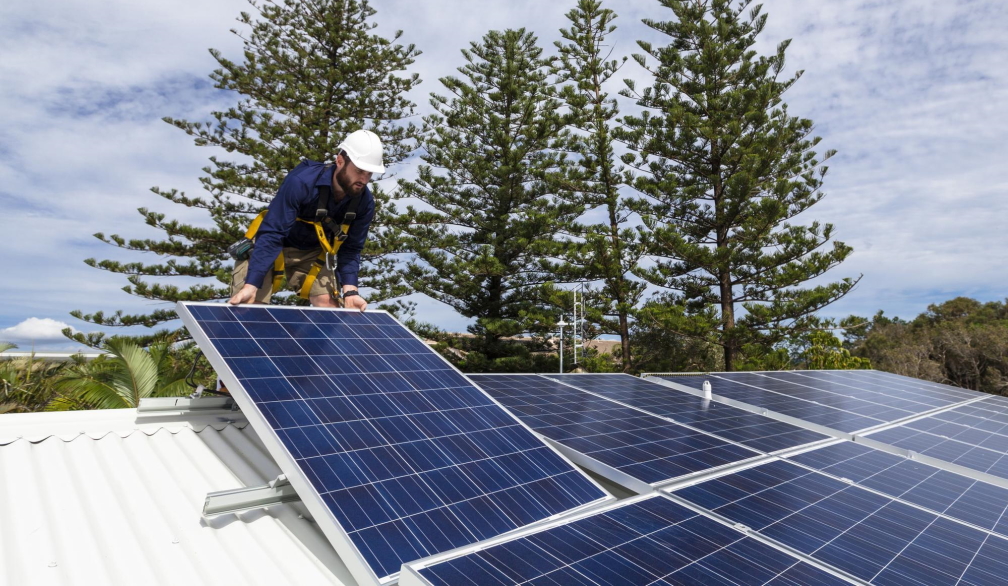Canberra Electrician Explains How Solar Panels Work

Solar panels are a fantastic addition to any home and give you the chance to generate electricity, saving money and helping the environment at the same time. While many people have solar panels or are considering installing them, a lot of people don’t know how exactly they work. Here we take a more in-depth look at them.
How solar panels work
Solar panels work by light being absorbed by Photovoltaic cells in the panel. This heat causes electrical charges that cause electricity to flow. Solar panels are made from multiple layers, each with different electronic properties and when these heat, electricity is generated. A lesser fact about solar panels is that it doesn't need to be bright sun in order for them to work - as long as it is bright enough to see, they can generate electricity.
- Photovoltaic effect explained
The Photovoltaic effect is essentially when electricity and voltage are generated in response to light exposure. It is essentially the way that light is absorbed and transformed into an electric current.
- Components of a solar panel
Solar panels are made of multiple components that cause it to work. There tends to be six main layers that make them up. These are:
-
- Solar photovoltaic cells
-
- Toughened Glass
-
- Extruded Aluminium frame
-
- Encapsulation - EVA film layers
-
- Polymer rear back-sheet
-
- Junction box - diodes and connectors
Some panels are made up of more or less, but these are the main components that are needed to work.
- How solar panels generate electricity
Solar panels are highly efficient in producing electricity. They work as the particles of light from the sun hit the silicon layer that sits on the top of the solar panel. This, in turn, knocks electrons off the silicon atoms which creates a current. The result is 100% renewable energy that can heat and power the home. Since 2018 there has been a sudden rise in solar PV installations in Australia, making us one of the leading places for green energy. Australia has the second highest per capita solar capacity at 637 watts per capita and by the end of 2018, Australia had 1.96 million residential rooftop solar systems.
- Steps for generating solar electricity in your home
When it comes to generating solar electricity, it’s an easy process to get started in your home.
1 - Get your solar power components all together to ensure you have what you need
2 - Calculate the power load that you use for your home and what you will need. This can determine what you need
3 - Sort the inverter which allows you to use electrical devices without adaptors
4 - Install the solar panels on your roof. These should be in a spot that receives the most sunlight
5 - Connect the panel with the battery
Conclusion
Solar panels are a great way to save money and generate clean energy for your home. It’s a good idea to speak to a licensed electrician for your solar panel installation and what will be best for you and fit in with your lifestyle.



